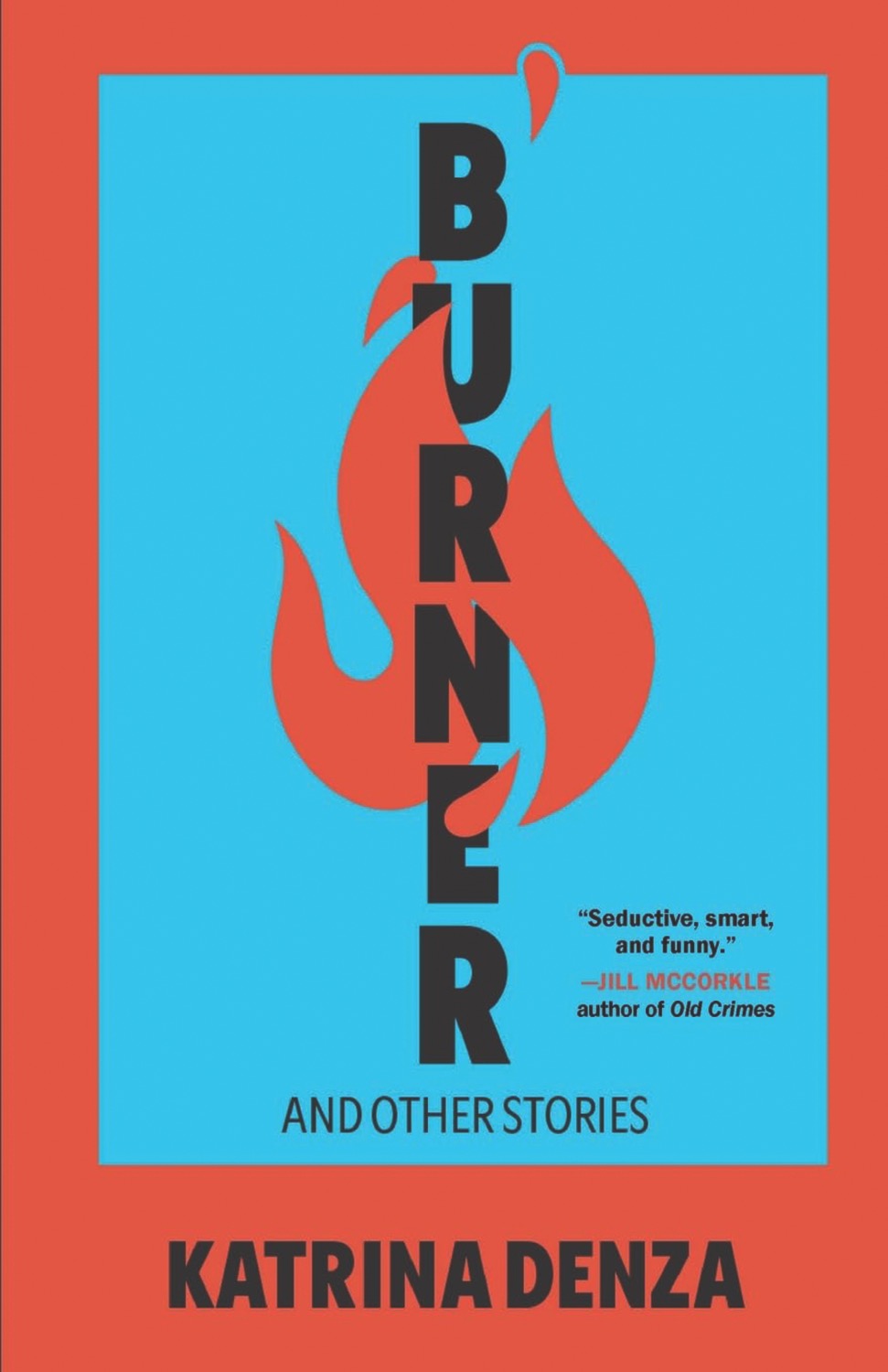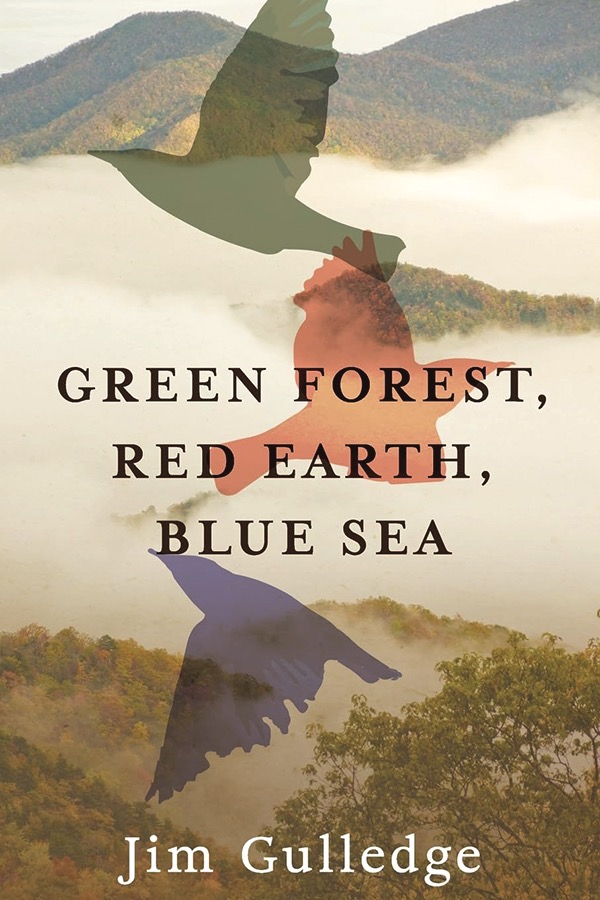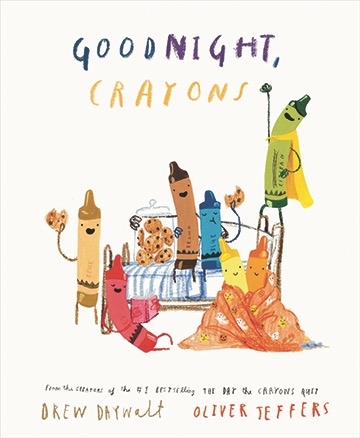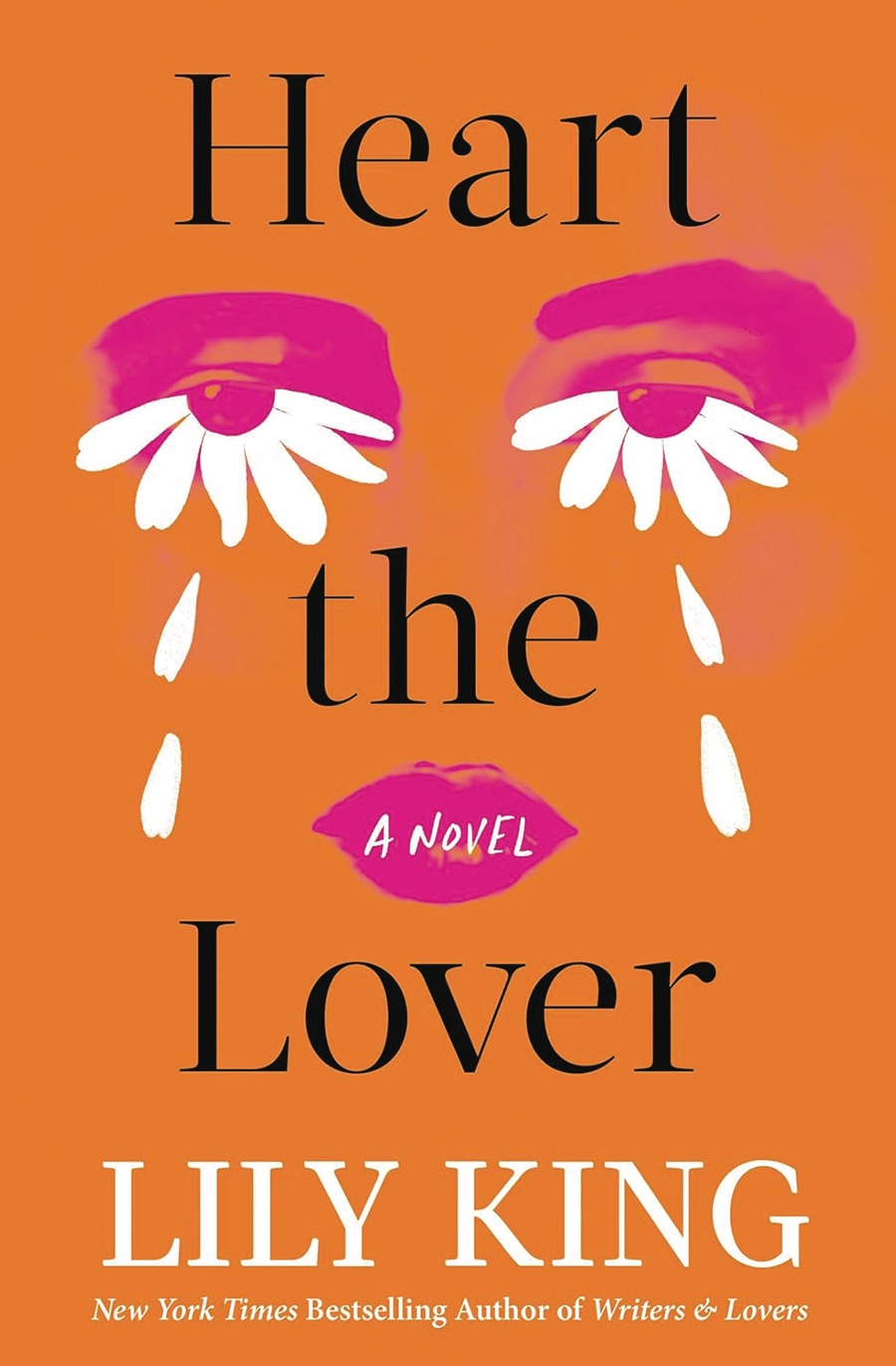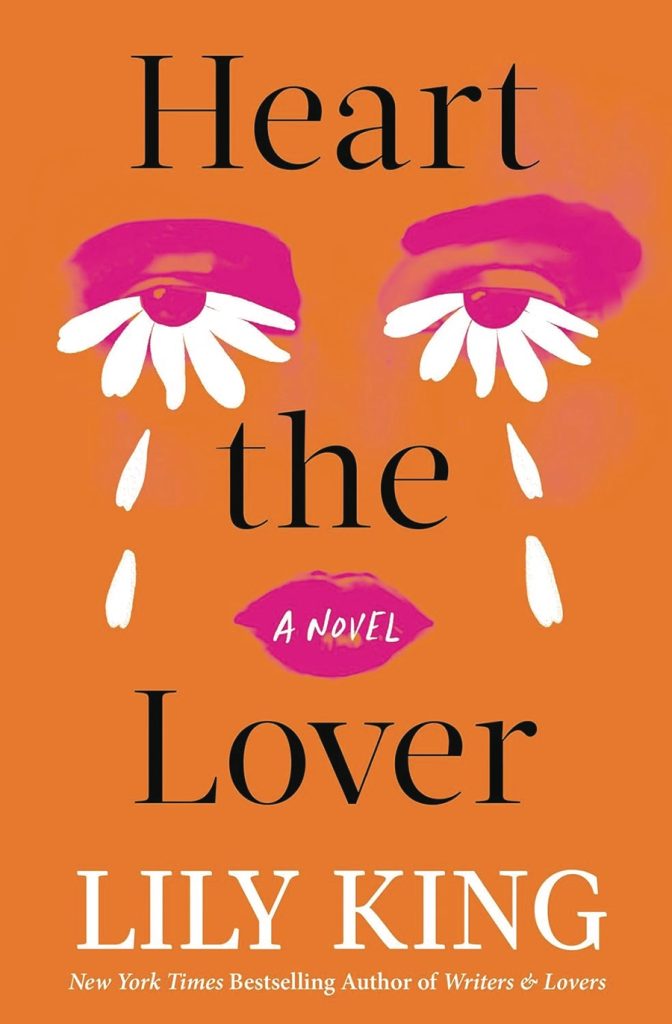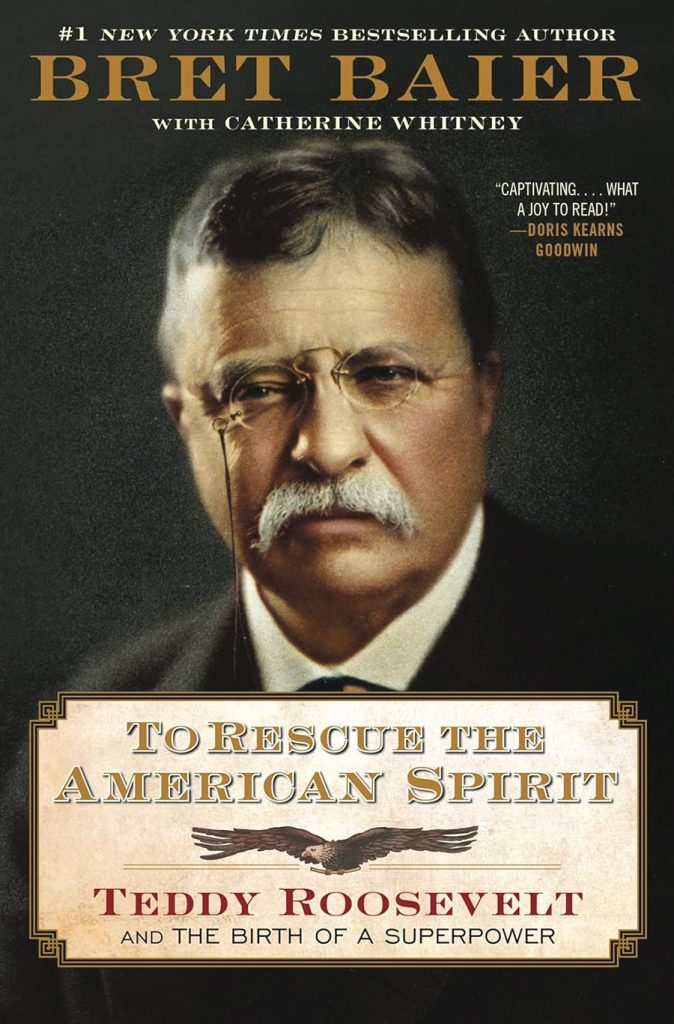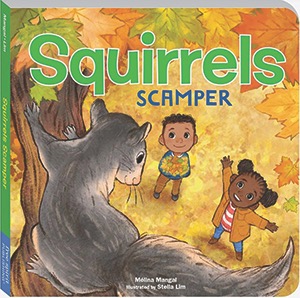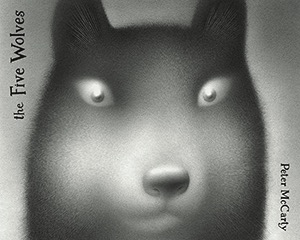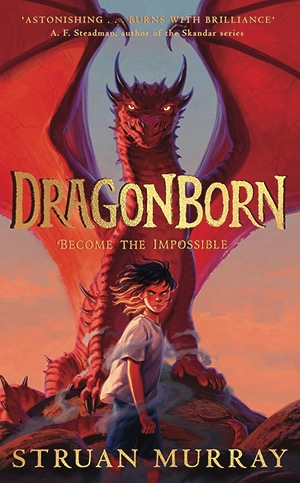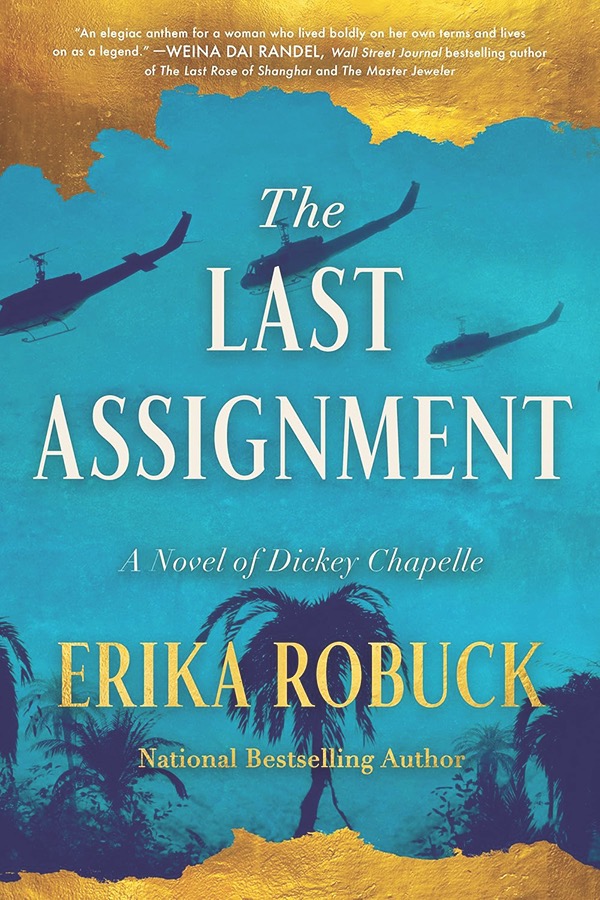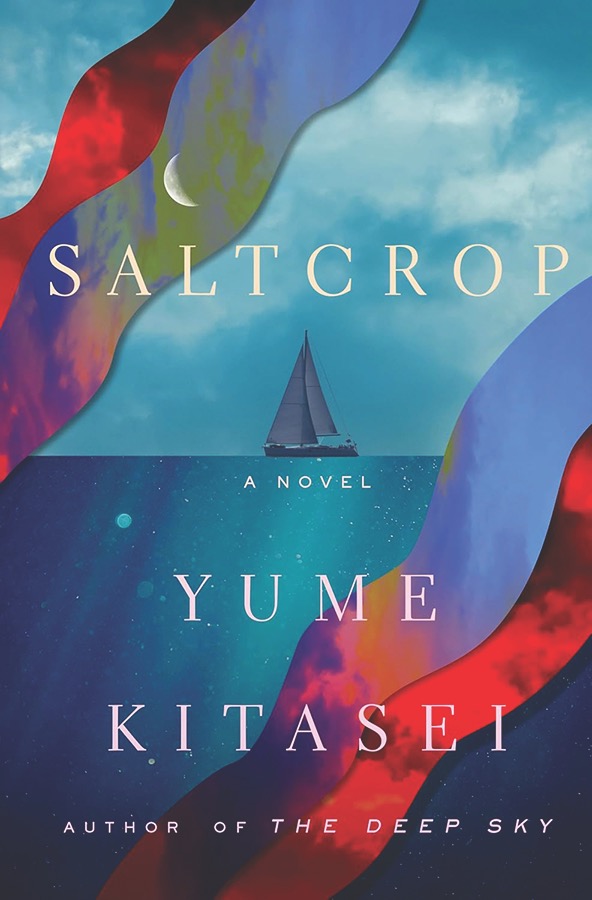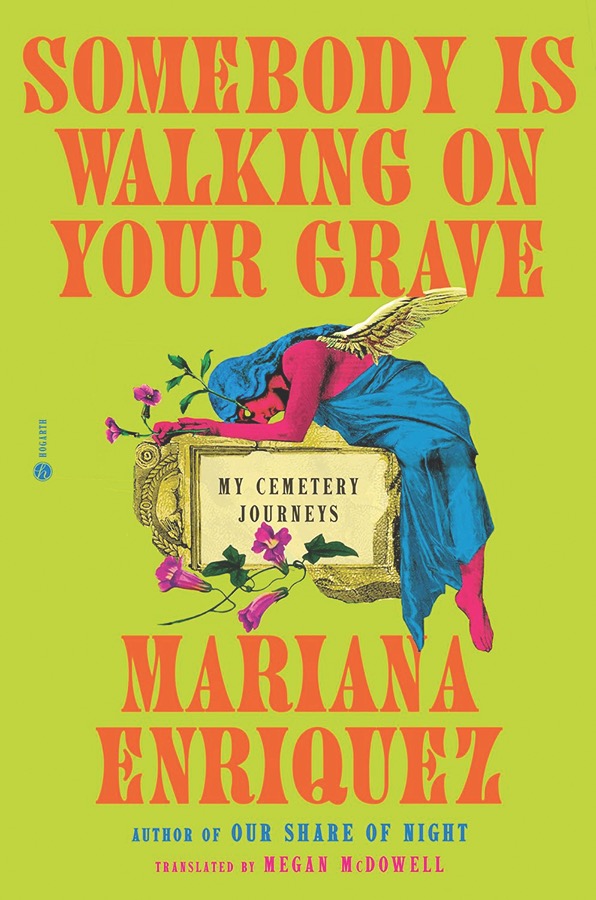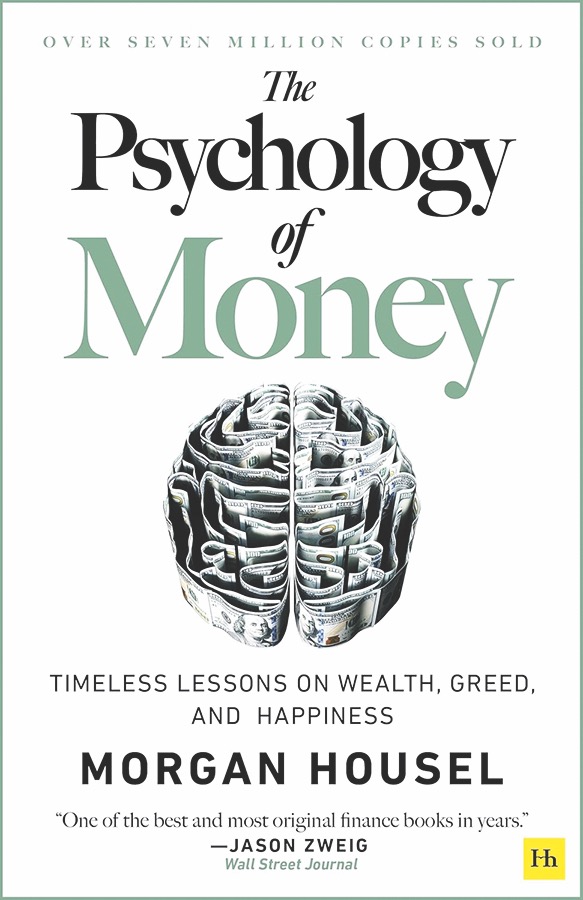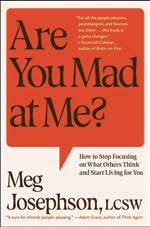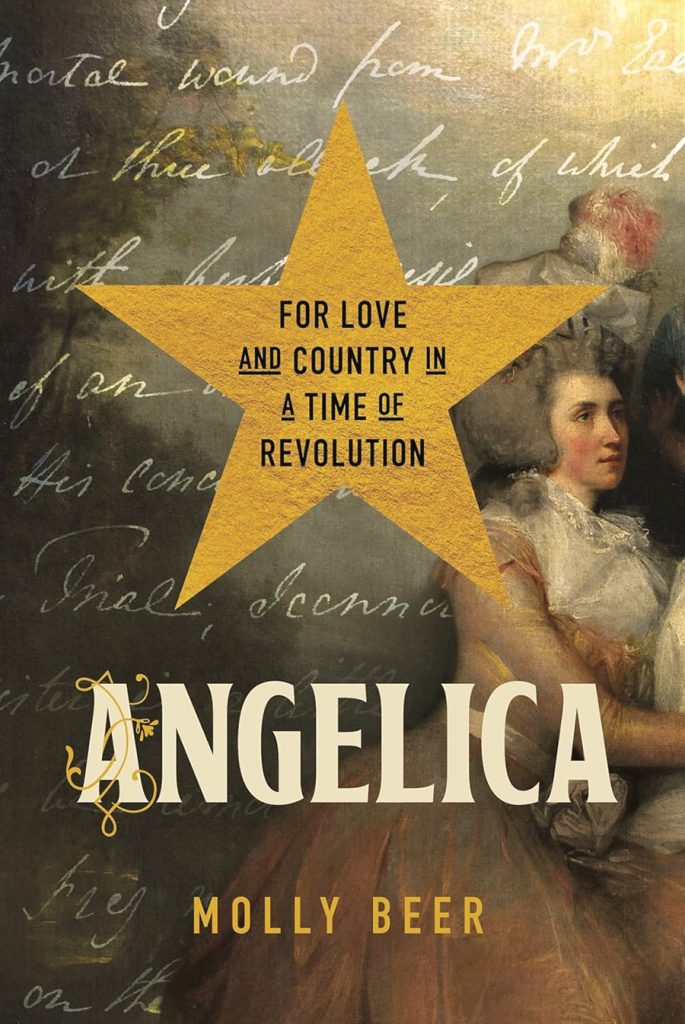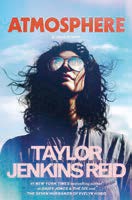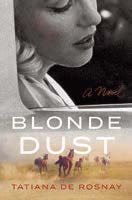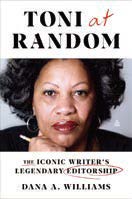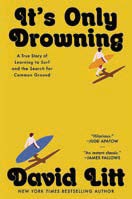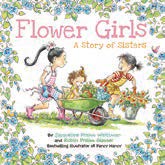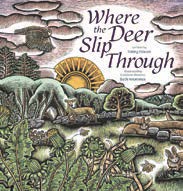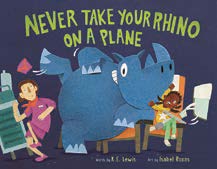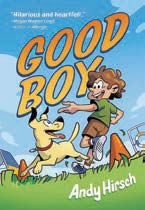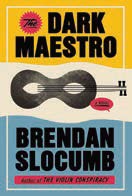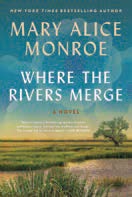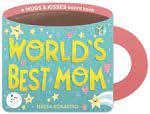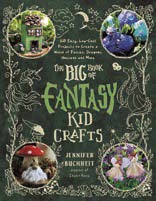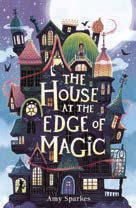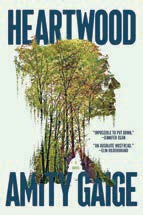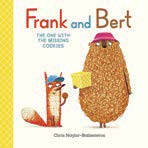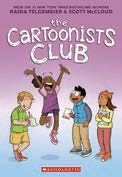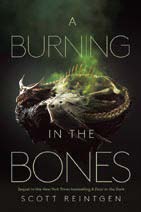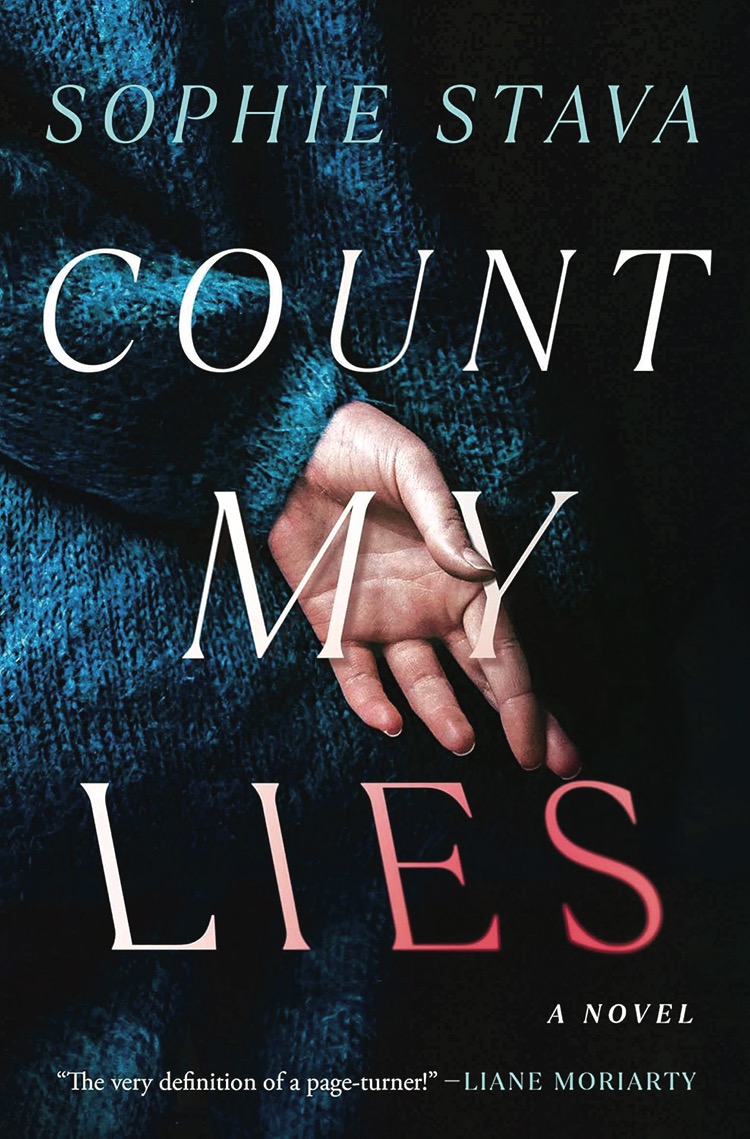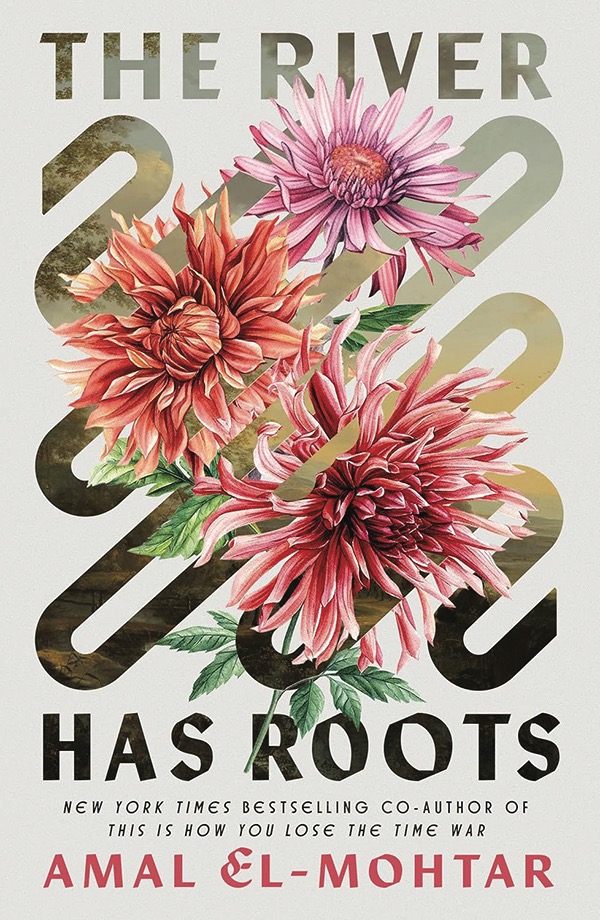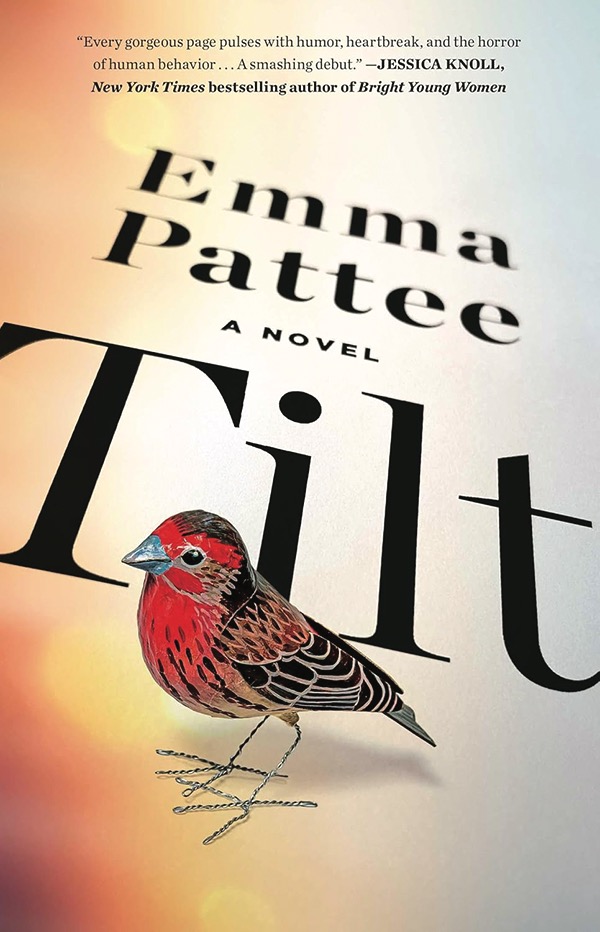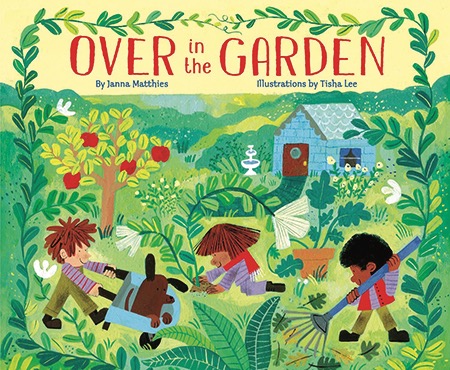BOOKSHELF



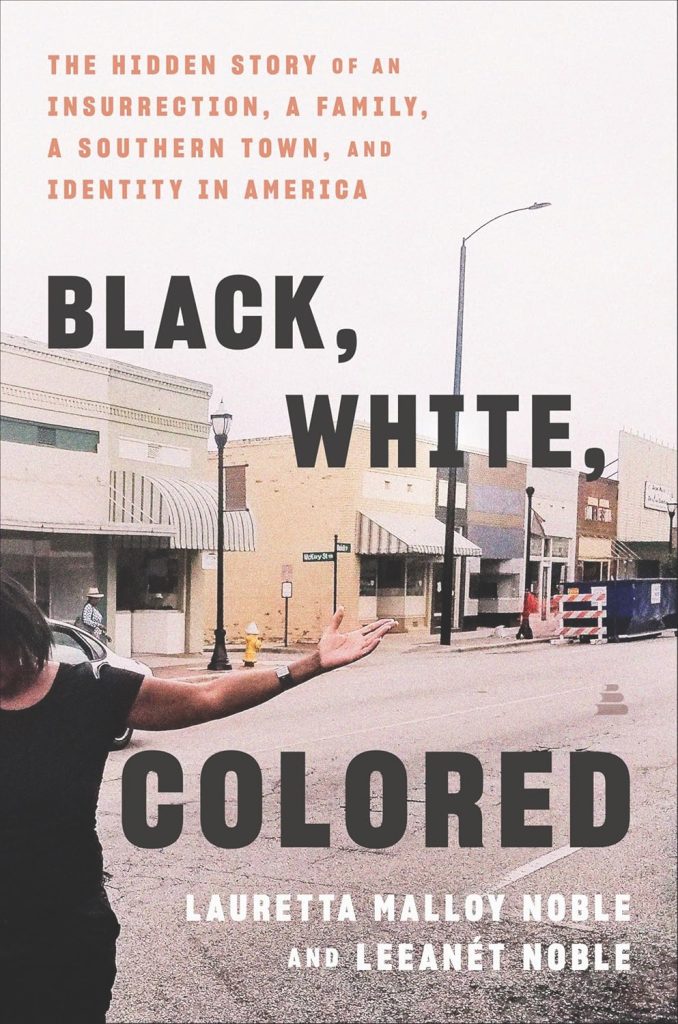
December Books
FICTION
Burner: And Other Stories, by Katrina Denza
Denza writes about women in conflict: attempting to woo a man via a burner phone; discovering the best friendships are those grounded in reality; subscribing to a hologram service to speak to a deceased husband; reclaiming power only to realize power is an illusion; discovering there is no safe haven; confronting the frustrations of being an artist; and reckoning with mistakes made as a mother. Wrestling with connections and disconnections, highs and lows, and the vagaries of modernity, Burner and Other Stories touches how we live.
NONFICTION
Van Gogh: The Pop Up Book
See the vibrant artistry of Vincent van Gogh burst into life through dazzling three-dimensional interpretations of five of his most celebrated works. This imaginative book transforms renowned masterpieces into interactive pop-up creations, offering a new and tactile appreciation of one of history’s most visionary artists. Each scene draws readers into Van Gogh’s universe, revealing the swirling night sky of The Starry Night in dramatic relief; the serene intimacy of The Bedroom; and the vibrant colors of Wheatfield with Cypresses. The street scene of Café Terrace at Night and the delicate beauty of Almond Blossom emerge in meticulous detail, emphasizing the dynamic movement and profound emotion of his technique. These exquisite pop-ups amplify the expressive contours and vibrant hues that define his genius, bringing Van Gogh’s unparalleled vision to life in an unforgettable way.
Wings: The Story of a Band on the Run, by Paul McCartney
Drawn from over 500,000 words of interviews with McCartney, family, band members and other key participants, Wings recounts — now with a half-century’s perspective — the musical odyssey taken by a man searching for his identity in the aftermath of The Beatles’ breakup. Soon joined by his wife — American photographer Linda McCartney — on keyboard and vocals, drummer Denny Seiwell, and guitarist Denny Laine, McCartney sowed the seeds for a new band that would later provide the soundtrack of the decade. The narrative begins when a 27-year-old superstar fled with his new wife to a remote sheep farm in Scotland amid a sea of legal and personal rows. The setting gave McCartney time to create, and it was there where this new band emerged. Wings follows the group as they play unannounced shows at university halls, tour in a sheared-off double-decker bus with their children, survive a robbery on the streets of Nigeria, and eventually perform blockbuster stadium shows on their world tour, all while producing some of the most enduring music of the time. Introduced with a personal, heartfelt foreword by McCartney, the volume contains 150 black and white and color photographs, many previously unseen, as well as timelines, a gigography and a full discography.
Black, White, Colored: The Hidden Story of an Insurrection, a Family, a Southern Town, and Identity in America, by Lauretta Malloy Noble, LeeAnét Noble
In the late 19th century, Laurinburg, North Carolina, was a beacon of racial calm — a place where Blacks and whites could live and work together. Black families like the Malloys became landlords, business owners and doctors, thriving together and changing the economic landscape. But that progress was shattered on the eve of Election Day, 1898, when supremacist groups launched a bloody attack, forcing Laurinburg’s Black citizens to flee. With meticulous research drawn from sources including The New York Age and census records, the mother and daughter authors — descendants of the town’s early Black leaders — uncover the trailblazing achievements of their ancestors, piecing together proof of Black resilience in a region shaped by profound adversity whose contributions extended beyond Laurinburg to institutions including Howard University and Meharry Medical College.
CHILDREN’S BOOKS

The Millicent Quibb School of Etiquette for Young Ladies of Mad Science: Secrets of the Purple Pearl, by Kate McKinnon
From the Saturday Night Live legend comes this highly anticipated second about mad science, three peculiar sisters, and the mysterious Millicent Quibb! The Porch Sisters are in trouble. It’s summertime in Antiquarium, and everyone has flocked to the majestic lakeside Purple Pearl Hotel, including the Krenetics Research Association, a nefarious group of mad scientists. They haven’t given up on resurrecting their fearsome leader, Talon Sharktūth, and now they’re hot on the trail of the legendary Purple Pearl, a source of power that is rumored to be lost at the bottom of Lake Kagloopy. But Gertrude, Eugenia and Dee-Dee are on to them and their mentor, Millicent Quibb, has a plan! Is it a good plan? Hard to say! But it does involve finding a mysterious creature called a Shrimpmaid and retrieving the pearl before the KRA gets its evil hands on it! (Ages 8 – 12.)

The Apprenticeship of Andrew Weyth: Painting a Family Legacy, by Gene Barretta
Before Andrew Wyeth found his creative voice, he was a boy growing up in an artistic family, spending his time in rural Pennsylvania and Maine. Andy, as he was called by his family, was trained by his father, renowned artist N.C. Wyeth, but they didn’t always see eye to eye. Pa wanted his son to fill his compositions with exciting characters and places. But to Andy, the most exciting stories to paint were the ones he lived every day, that featured the familiar people and places he loved most. (Ages 5 – 9.)

